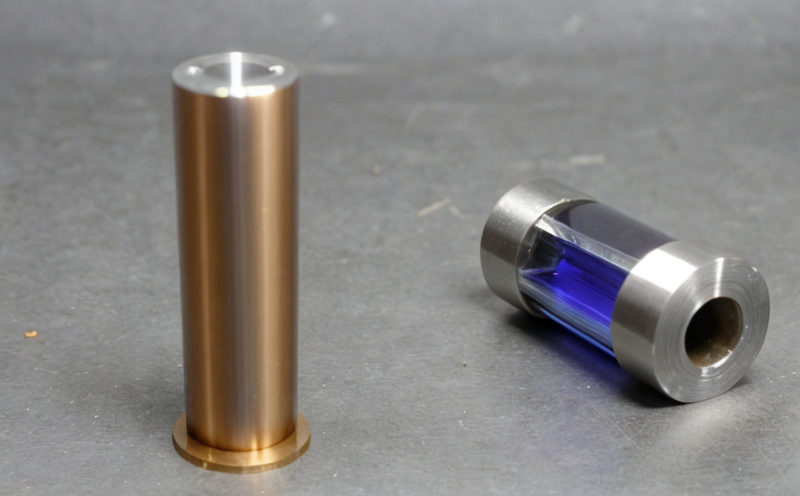UNE EN ISO 3759 Preparation of samples for dimensional change testing
The UNE EN ISO 3759 standard is crucial in ensuring that textile samples are prepared correctly before undergoing tests to determine their dimensional stability and shrinkage. This process involves precise handling, conditioning, and preparation of the fabric specimens to ensure accurate measurement outcomes. The importance cannot be overstated as small errors during sample preparation can lead to significant discrepancies in test results.
The method described in UNE EN ISO 3759 is designed for both laboratory and industrial use, providing a standardized approach that guarantees uniformity across different testing environments. This standard ensures consistency, reliability, and repeatability of the results, which are essential for compliance with international regulations and industry standards.
During sample preparation, several key steps must be followed to ensure accurate measurement:
- Conditioning: Samples should be conditioned in a controlled environment (temperature 20°C ± 2°C and relative humidity 65% ± 2%) for at least 4 hours before testing.
- Marking: Mark the edges of the fabric on both sides with suitable marking pens. Ensure that marks are not visible after conditioning.
- Cutting: Cut samples according to specified dimensions, ensuring they are cut from the same batch and under consistent conditions.
- Folding: If required by the test method, fold the samples in a manner that does not alter their natural state.
- Marking after Conditioning: Mark the edges of the fabric on both sides again after conditioning. Ensure that marks are made at least 10 mm from any cut edge and at least 5 mm apart along each side.
The preparation steps are critical as they ensure that the sample is in its natural state before being subjected to testing conditions, thereby providing reliable data on dimensional changes.
| Conditioning Environment | Temperature Range (°C) | Relative Humidity (%) |
|---|---|---|
| 20°C ± 2°C | 65% ± 2% |
The standard also provides detailed instructions for the conditioning of samples, which includes maintaining specific temperature and humidity levels. Proper conditioning is essential to ensure that the fabric is in its natural state before undergoing any treatment or testing.
After preparation, it is important to conduct preliminary tests on a small sample to check the accuracy of the measurement instruments used during the dimensional change test. This step ensures that all equipment is functioning correctly and provides accurate data for subsequent tests.
Why It Matters
The importance of proper sample preparation cannot be overstated in ensuring reliable results from textile dimensional stability and shrinkage testing. Accurate measurement of these properties is essential for several reasons:
- Quality Control: Ensures that products meet the required specifications, improving overall product quality.
- Consistency: Provides consistent results across different batches and production runs, enhancing process control.
- Compliance: Helps in meeting regulatory requirements for textile products, ensuring compliance with international standards.
- Efficiency: Reduces the need for retesting due to improper sample preparation, saving time and resources.
In addition to these benefits, accurate measurement of dimensional stability and shrinkage is critical in designing textiles that meet specific performance requirements. For instance, fabrics used in garments must retain their shape over prolonged wear, while those used in upholstery need to withstand regular cleaning without significant size changes.
The standard also emphasizes the importance of using appropriate conditioning methods for different types of textile materials, ensuring that each material is treated according to its unique properties. This approach ensures that all textiles are tested under conditions that reflect their real-world usage, leading to more accurate and relevant test results.
Applied Standards
| Standard | Description |
|---|---|
| UNE EN ISO 3759 | Preparation of samples for dimensional change testing. |
| ASTM D690-18 | Standard test method for determining tensile properties of fabrics using a constant rate of elongation method. |
The UNE EN ISO 3759 standard is widely recognized and used in various industries, including fashion, home textiles, and automotive. Its application ensures that textile products are tested under consistent conditions, providing reliable data for quality control and compliance purposes.
Other standards such as ASTM D690-18 complement the UNE EN ISO 3759 standard by providing additional testing methods to evaluate fabric properties. The combination of these standards ensures a comprehensive approach to textile testing, covering various aspects of material performance.
Competitive Advantage and Market Impact
Adhering to the UNE EN ISO 3759 standard provides several competitive advantages for companies involved in textile manufacturing, design, and production. By ensuring accurate measurement of dimensional stability and shrinkage, businesses can:
- Increase Product Quality: Products that meet high quality standards are more likely to satisfy customer expectations and build brand loyalty.
- Enhance Process Control: Consistent results across different batches and production runs improve process control, leading to higher productivity and lower waste.
- Maintain Compliance: Ensuring compliance with international standards helps avoid potential legal issues and maintains a positive reputation in the market.
- Improve Efficiency: Proper sample preparation reduces the need for retesting, saving time and resources.
- Gain Market Advantage: Accurate measurement of textile properties can help businesses stay ahead of competitors by offering products that meet or exceed industry standards.
In today's competitive market, where consumer expectations are high and regulations are stringent, compliance with international standards like UNE EN ISO 3759 is not just a requirement but also a strategic advantage. Companies that prioritize quality and accuracy in their testing processes are more likely to attract and retain customers, thereby gaining a competitive edge.





